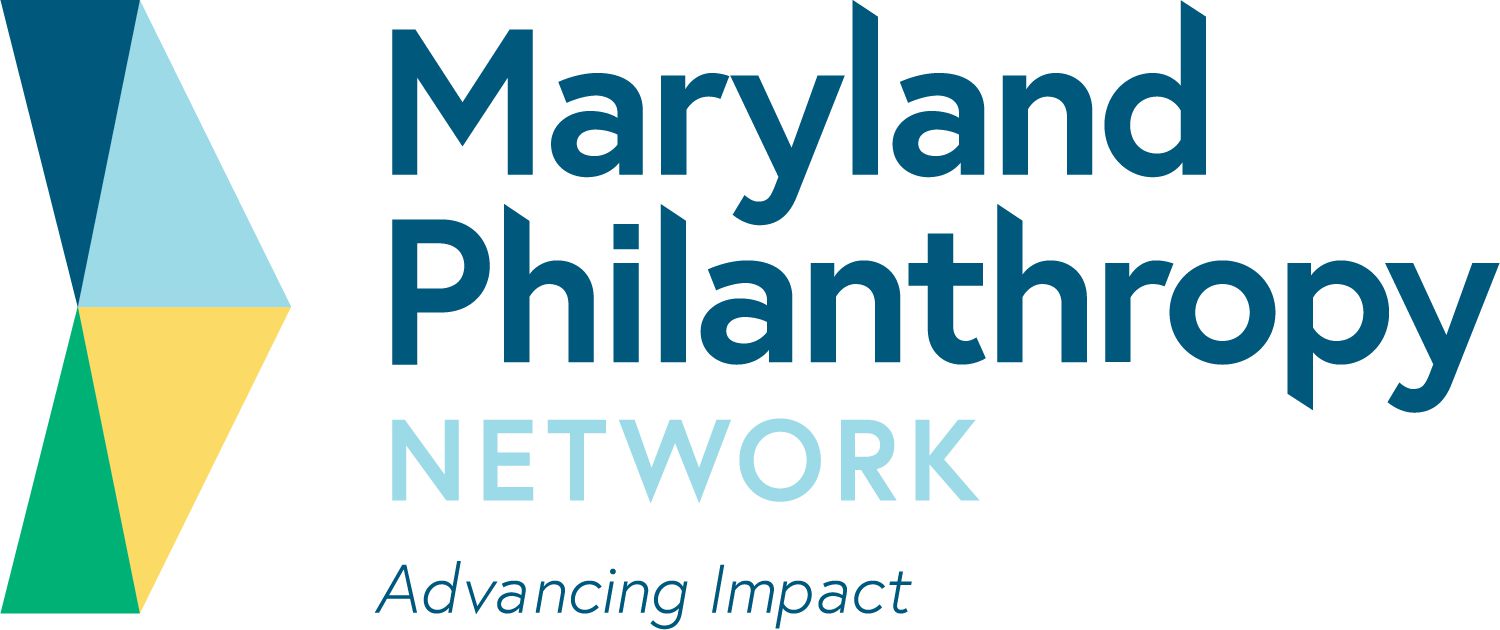After nearly four decades of leadership, Abell President Robert C. Embry Jr. has announced his plan to retire. Bob’s legacy in Baltimore is almost impossible to overstate.
The Learning Lab hosted its Community Exhibitions on Tuesday, bringing together youth development leaders to share ideas and solutions addressing issues faced by Baltimore's young people.
The Meyer Foundation board of directors announced today the appointment of Janice Thomas as the foundation’s next president and CEO, a decision finalized by board vote on June 18, 2025.
Fagan Harris will serve as the next president and CEO of the Abell Foundation, the Foundation’s trustees announced today. Harris, who will succeed Robert C.
Is there room for another entity to grapple with anti-Israel, anti-Jewish hate on the U.S. East Coast? The Associated: Jewish Federation of Baltimore thinks so.
RESOURCE FOR MEMBERS ONLY
View Materials from Blueprint for Maryland’s Future and Implications for Early Care and Education.
FIND MORE BY:
RESOURCE FOR MEMBERS ONLY
View materials from "Fundamentals of the Maryland Total Cost of Care Model and Current Priorities".
FIND MORE BY:
The use of nonprofit tax form the 990 to evaluate nonprofits' finances is becoming more and more widespread.
Maryland Philanthropy Network’s Basic Human Needs Affinity Group invites you to an update about the Journey Home, Baltimore’s Plan to make homelessness rare and brief, and the Continuum of Care Board.
Join your fellow Rising Leaders for a second conversation with Rebecca Cisek, Senior Director, Talent and Organizational Development for the Bainum Family Foundation.
This program was originally scheduled for November 20, 2017.
What is impact investing and why would a foundation want to carry this out?
The Giving Life: Stories about the purpose, passion, and power of generosity and service presented by The Maryland Philanthropy Network’ Betsy Nelson Legacy Fund and The Stoop Storytelling Series.
Do you know the real cost to your nonprofit of running each individual program? Developing an accurate budget can help you better understand your programs true costs. This webinar will demonstrate a free, newly developed planning tool designed to assist nonprofits with aligning budget line items for restricted (and unrestricted) revenue sources.
RESOURCE FOR MEMBERS ONLY
Program materials from "Vulnerable Immigrants in Maryland: Responding to Unaccompanied Children and Undocumented Adults"
FIND MORE BY:
In central Maryland and across the state and country, the number of COVID-19-infected citizens continues to rise.
Maryland Philanthropy Network invites you to join a variety of experts who will be sharing their insights into the issues providers supporting the developmental disability community are facing during the pandemic, what supports are available, and what gaps remain.
Under fire from Baltimore-area bus riders, business leaders, politicians, parents and advocates, the Hogan administration on Wednesday canceled its p
Shanea Napper’s distress is evident in every line of the email she sent to Baltimore Mayor Bernard C. “Jack” Young.

